The obvious reason to come to Granada would be our Spanish language school of course :-). Though if you are still doubting whether to come to Granada or somewhere else in Spain, may this article help you in your choice.
History
The first settlements in Granada dated back to 1500-2000 BC, where small tribes lived close to Granada. At this time, the region was inhabited by the Phoenicians and subsequently the Carthaginians. From the 5th century, when Visigoths conquered the city, establishing it as a military stronghold. It was from that time that Granada started to become a more significant city. During the same period, a small Jewish community lived in the region, calling it “Garnata al-Yahut”, which was probably the origin of the city’s name.
In 711 the Moors took over the city of Granada and developed it during the next 300 years. At the beginning of the second millennium, the city was almost completely destroyed, because of fights between the ruling clans. Finally, in 1013, the dynasty of Ziries came to power converting the region into an independent kingdom. The expansion of Granada was sustained under the regime of Nazari dynasty, one of it’s greatest periods. The Nazari family controlled Granada until 1492, when it was incorporated to Castilla by Ferdinand and Isabel which marked the end of the last Muslim kingdom in Spain. During the next centuries the Moorish population was baptized by force and all the signs of the Arabian culture were prohibited. This led to rebellions and riots and as a consequence, most of the Moorish were expatriated.
Until the middle of 20th century, Granada was in economic depression. Some years after that it became an important Spanish university city and also artistic center, with Federico García Lorca and Manuel de Falla living here. Now Granada is a thriving and growing modern city which enjoys a wonderfully rich history and great atmosphere as Spain’s third largest university city.
1) Weather
The weather in Granada is seasonal and can be extreme. Winter can be cold with temperatures below zero, although there is generally more sun and brighter cold days than rain and snow. December and January are the coldest months. During summer, temperatures can rise to over 40 degrees centigrade, into the 100s Fahrenheit. July and August are the hottest months. You can normally guarantee good weather from June to the end of September. October is great but it can rain also, generally “winter” starts in November and ends in March. Spring is short here and the heat comes quickly!! Granada has a dry climate and there are many options to enjoy Granada and the beautiful countryside that surrounds it, such as mountain climbing, biking, trekking, horse riding or rafting.
- Winter: The obvious sport in winter is Skiing and during your stay in Granada you can make the most of having the Sierra Nevada ski resort just 45 minutes away. The skiing is fantastic, with some great slopes and runs for ski or boards. The Sierra Nevada has been voted one of the top ten ski resorts in Europe by Conde Nast Traveller. Skiing is not the only sport that you can enjoy in Winter, due to the dry climate, there are many sunny winter days where the temperature hits 15‐20 degrees easily. Mountain biking, trekking and mountain climbing are very popular with locals and visitors alike. It’s a good way to meet people and get to know the surrounds of the city.
- Summer: During the summer in Granada, temperatures can rise into the 40s. The city is generally quieter as the schools and Universities are on holiday from June through to at least September. August is the quietest month when a lot of people choose to take their summer holidays also. The Tropical coast (Granada’s coast line) is a popular resort for those wishing to escape the heat in July and August. However, city life continues, albeit at a slightly slower pace! Granada always comes to life at night and summer nights are no different. People enjoy evening strolls, city bars with terraces and of course the wonderful Albaicín which has many open air restaurants with the most spectacular views imaginable.
2) The Alhambra & Generalife Gardens
Dating back to the 9th Century and soaked in history, the Alhambra is a world famous monument and is a must see during your stay in Granada. Spring is a fantastic time as the Generalife Gardens are spectacular at this time of year. The Alhambra offers a summer program of theater, music and dance – all at night in the amazing surrounds of the Generalife gardens. It is a wonderful experience and as you would expect, tickets sell out extremely quickly.
3) The district Albaicín
The Albaicín isn’t just Granada’s oldest district, it’s also the largest and most characteristic of Spain’s surviving Islamic quarters! The rambling white-washed web of intertwining cobbled streets will take you back to the years of Islamic splendor. Practically unchanged, the Albaicín, which is also a World Heritage Site, emanates Arabic culture from every street! Amongst the intimate squares and original Islamic fountains, you’ll find Arab baths, Islamic palaces, and many interesting places to pass the day or night.
4) Cuesta de los Chinos
Located at the end of the Paseo de los Tristes and looking up to the Alhambra Palace, this place is a meeting point to relax, read a book, sell artifacts, watch the world go by or paint.
5)The parc García Lorca
What was once the countryside surrounding the home of famed poet, author, and playwright Federico García Lorca is now an enchanting park named after him. Perfect for a lazy late afternoon stroll or a relaxed picnic lunch, or a pit stop at the bar. Perfect for strolling, walking or jogging. Take the opportunity to revel in its footpaths lined with trees, bushes and blossoms. Be sure to head to the García Lorca Park’s “rosaleda”, where hundreds of species of roses come together for unbeatable visual and aromatic pleasure. It is a great place to chill out in the middle of the city.
6) The mountain range Sierra Nevada
The Sierra Nevada is a dramatic, rugged and extensive mountain range, the highest in Europe after the Alps. The protected area encompasses torrential rivers, sheer-sided gorges, stony slopes, glacial lakes between snowy summits and, in the foothills of the Alpujarras, cultivated terraces of almond trees and vegetables. Designated a national park in 1998, it is one of only two in Andalucía. It was declared a UNESCO Biosphere Reserve in 1986, in recognition of its exceptionally diverse plant, bird and animal species. As we mentioned before, in the Sierra Nevada you can enjoy a wide range of activities such as skiing, mountain climbing, hiking, mountain biking and horse riding to name a few. Any activity can be arranged by the school with qualified professionals.
7) The valleys of Las Alpujarras
Las Alpujarras is a 70km long collection of valleys along the southern slopes of the Sierra Nevada. It is a mixture of dramatic mountains, deep ravines, sloping hillsides, huge gorges, and the most breath-taking views. It is full of many clusters of beautiful white villages, often seemingly clinging together on the side of a steep mountainside, which are a traditional feature of this area. Las Alpujarras has often been described as ‘oddball’, ‘kooky’ or ‘strange’ due to its uniqueness, and old‐world quality. It has a sense of timelessness and its own pace of life. It is extremely picturesque and beautiful and once seen, never forgotten. The Alpujarran people are very welcoming; everywhere you go you are greeted with a friendly ‘Hola’ and are soon made to feel part of the community. There is a strong emphasis placed on family life; you will often see several generations of the same family sat down enjoying a meal together. It is a particularly delightful area to explore on foot and there are many well-signposted walking routes, ranging from a short stroll, to day long hikes into the Sierra Nevada. For the really serious walker there are two famous long-distance foot paths that cross Las Alpujarras. One is the GR-7, which begins in Tarifa in Cádiz province and crosses Europe all the way to Greece. The other is the GR-142, which runs from Lanjarón to Fiñana on the northern side of the Sierra Nevada in Almeria province. Las Alpujarras, and in particular Granada, is famous for its delicious tapas. These are small snacks served (free) with an alcoholic drink and cover a wide range of imaginative dishes. The town of Trevélez is famous for its ‘jamón serrano’ (cured ham). The well known ‘Alpujarras’ or ‘Costa’ wine can also be sampled.
8) Granada Beaches and Coastline
The Costa Tropical, situated between the Costa del Sol in Málaga and the Costa de Almería, is a rich strip of coastline, which hosts the very best conditions and attractions necessary to provide an excellent holiday. Its situation on the Mediterranean, its closeness to Africa and to the Sierra Nevada, with the highest peaks on the Península, protect the Costa Tropical from the cold northerly winds. The result is a subtropical micro-climate, with 320 days of sunshine a year and an average temperature of around 20ºC, where all kinds of tropical fruit is grown, such as Kiwis, avocados, bananas. Winter temperatures are usually between 15-18ºC and in Summer between 25-30ºC. With six tourist centres: La Herradura, Almuñécar, Salobreña, Motril, Castell de Ferro and La Rábita – the Costa Tropical boasts a good tourist network where countless sports can be practiced: windsurfing, surfing, scuba diving, fishing, sailing, waterskiing, golf, tennis, squash and horse-riding.
9) Semana Santa (Easter Week) in April
Holy Week takes place in the last week of Lent. It is a religious festival which began in the early days of the Church, when the faithful traveled to Jerusalem at Passover to re-enact the events leading up to Christ’s resurrection. In towns and cities throughout Spain and especially in Andalusia, it is a week of great celebrations, processions, masses and displays of religious fervor. In Granada, some of the particular events include a procession known as ‘Christ of the Gypsies’ or ‘Christ of Sacromonte’ on the Wednesday of Holy Week and a ‘Procession of Silence’ from midnight on Thursday, from the Church of San Pedro on the Carrera del Darro. There is also the ‘Procession of Las Angustias’, on Easter Saturday. The processions are held all around the city of Granada starting from either the cathedral or various churches.
10) Dia de la Cruz (Cross Day) in May
Each year, various brotherhoods and organisations enter into a competition for the best-decorated cross. The size is large and the theme is generally floral and elaborate. The crosses are erected at different locations throughout the historic center, and in the adjoining neighborhoods of Albaicin and Realejo. Public squares and courtyards are usually chosen, and each participating group seeks to boost their chances of winning by laying on music and flamenco dancing. In addition, the streets and squares in which the crosses are installed are beautified for the occasion, because there are cash prizes to be won in this category too. The festival is very popular and many people tour from one cross to another to enjoy the festivities, which often continue until late at night.
11) Feria de Corpus Christi in June
Granada lets its hair down with huge fairgrounds, lots of music and dancing, puppet shows, fun activities for children, processions, balcony decoration competitions, plant and pot exhibitions, flamenco performances in casetas (huge tents) in the fairground on the outskirts of the city and in the city center. There are two major processions. The first is the Tarasca (Tarasque), where a figure of a woman on a dragon, accompanied by giants and other characters wearing big paper maché heads, walks through the streets of Granada. The other procession, which is named after the feast of Corpus Christi itself, is solemn and religious and leads out on the Thursday, which is a feast day in Granada.
12) International Dance and Music Festival in June and July
This prestigious and long-running festival is one of the musical highlights of early summer that’s distinguished by the extraordinary combinations of great music in fantastic settings. Musicians such as Rubinstein, Victoria de los Angeles and Andres Segovia have performed in the beautiful Arab courtyards of the Alhambra and other evocative venues, in front of enraptured audiences. Schuricht, Karajan and Celibidache have conducted at the Palace of Charles V; Margot Fonteyn and Nureyev have danced in the Gardens of the Generalife. The festival program is based on classical music, ballet and Spanish dancing but also includes flamenco and ancient and contemporary music.
13) Jazz festival in the Costa Tropical in July, August and September
Taking the international Jazz festival to the Granada Tropical Coast. Enjoy a host of Spanish and International Jazz artists performing in a wonderful coastal setting. Flamenco Summer Concerts held through out the summer months of July to September, the evening are held in different areas of Granada, such as the well know “Cuevas” (caves) of Sacromonte or in the various indoor and open air theaters in Granada city center.
14) Jazz Festival in Granada in September
The Granada International Jazz Festival is one of Europe’s longest-running and is a Spanish member of the Europe Jazz Network, which organizes jazz festivals in Europe. The event has been held since 1980, with the participation of prestigious international figures from the world of modern jazz. This festival is aimed at jazz lovers. Apart from the concerts on the official program, there are also unofficial sessions at a range of venues around the city, as well as other activities related to the event.
15) The Festival de Otoño (Autumn Flamenco Festival) in December
December in Granada is dedicated to flamenco music and dance and takes place in the first week of December every year. The best-known and most talented flamenco artists from all over Spain come together to perform in the atmospheric Teatro Isabela Católica. Performances are also held at various other locations around the city, mainly in the Sacromonte district.














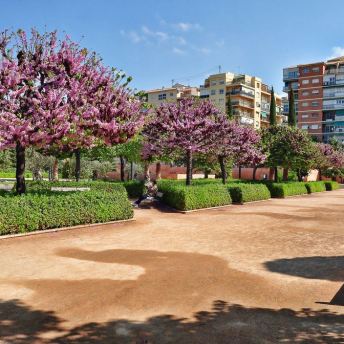

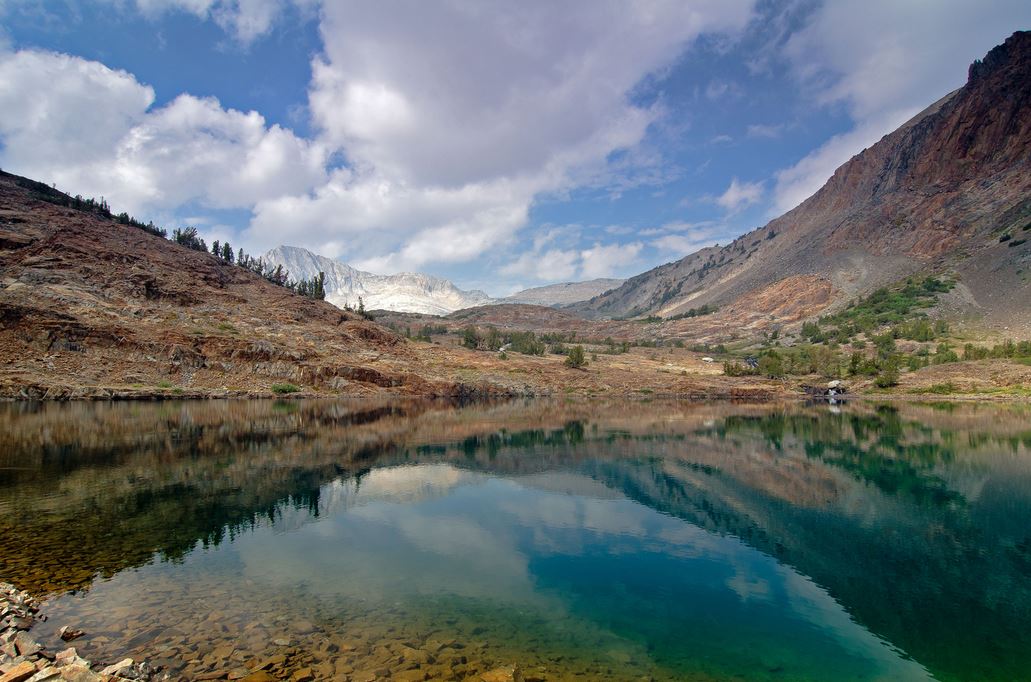

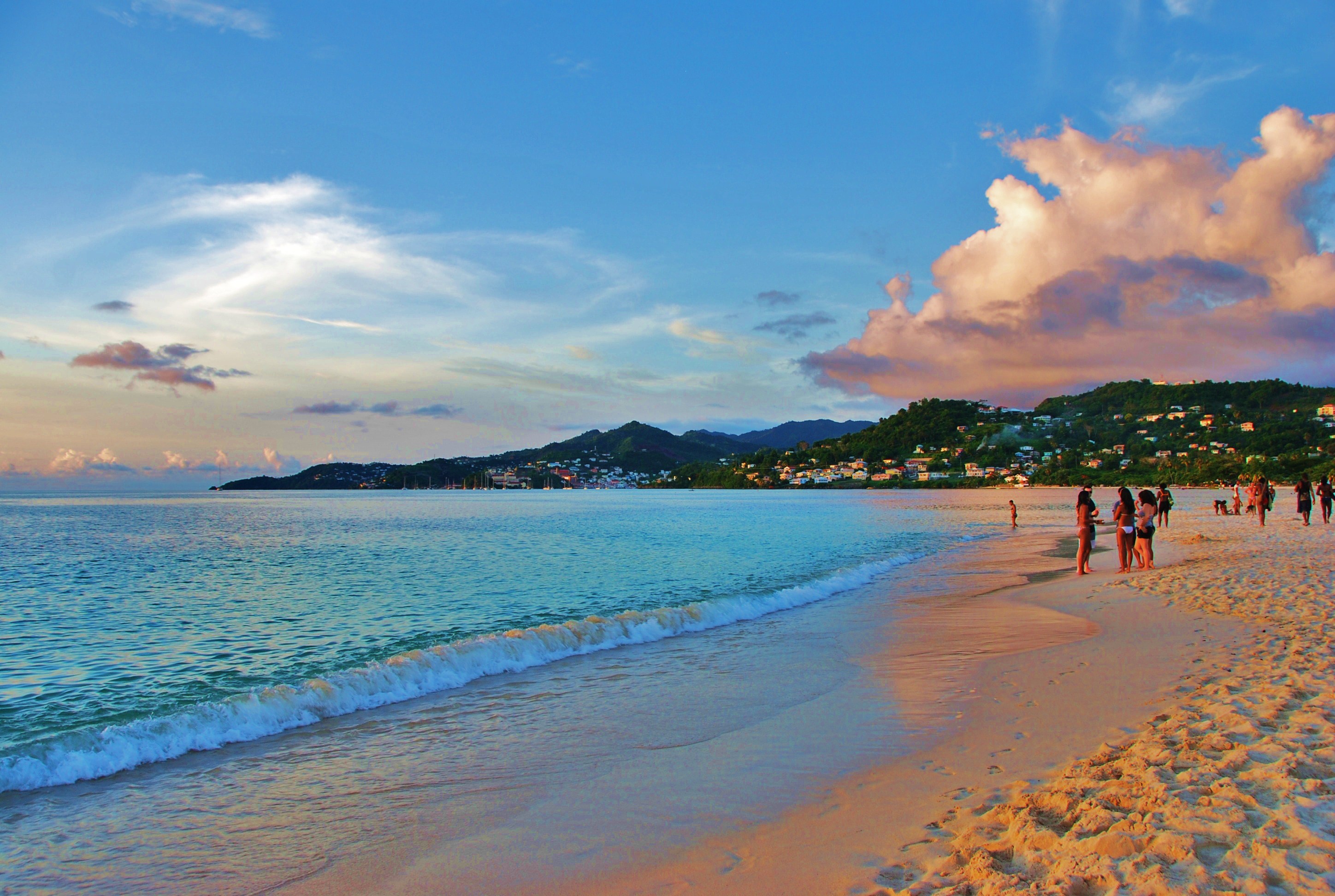















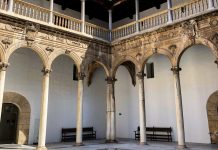
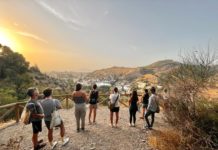

Valencia is amazing! You have to rent a bike there. They have a dry rrebievd through the town that you can bike on. Then you get to the beach and can have paella for two (request no rabbit!). Madrid has spectacular flamenco dances that will blow your mind. I did a bike tour in Barcelona which was a great way to see so much of the city. Oh, and the Picasso Museum in Barcelona, you can skip the modern art gallery…so strange! And the best part, get into Spanish culture by having a siesta every afternoon and supper at 10PM!